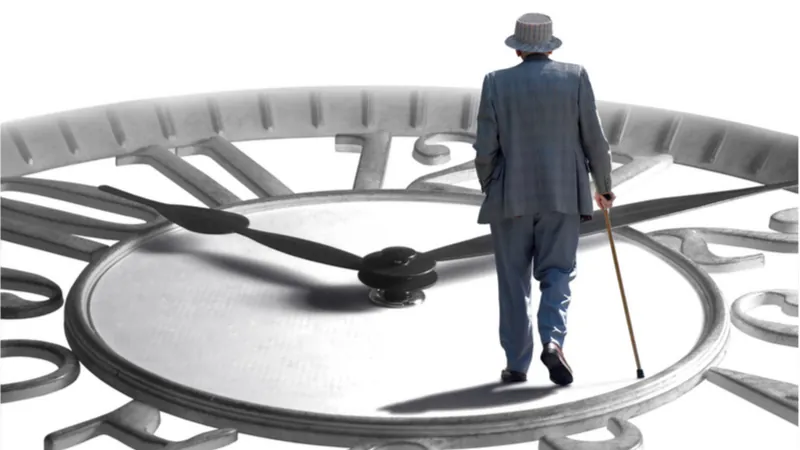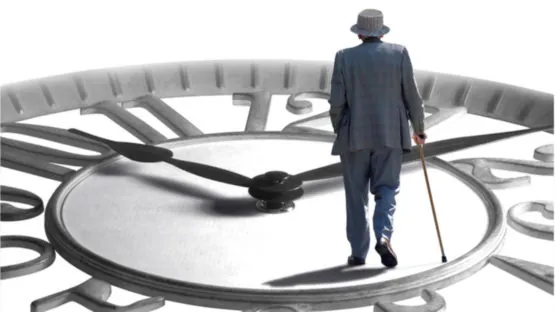A new study reviews the state of the art of aging biomarkers and explores the future development of even better ways of measuring biological age.
The need for better aging biomarkers
Human life expectancy has been increasing throughout the 20th and 21st centuries due to improvements such as better access to healthcare and sanitation, lower child mortality, reduction of poverty, and better education access.
This steady increase in life expectancy results in a larger population of older people. However, with that increase also comes a rising prevalence of age-related diseases and disabilities. Current medicine does a great job at keeping people alive for longer, but that extra time does not always come with accompanying good health or quality of life.
It is becoming ever more apparent and critical that healthcare should shift focus towards developing preventative strategies for monitoring and maintaining health as well as therapies that can directly address the various aging processes to delay or prevent the onset of age-related diseases.
One of the most important ways in which science can achieve this is through the development of effective ways to measure how someone is aging. This involves developing accurate aging biomarkers that can determine biological age, the true measure of how much someone has aged; this is distinct from chronological age, which is simply how many years a person has lived.
Using chronological age is not really very useful as it gives a poor indication of how fast or slow someone is aging, and it is not an accurate way to determine an individual’s risk factor for developing various age-related diseases. This is quite simply because everyone ages at different speeds, and even the organs and tissues in a single person can age at different rates. While everyone ages and that aging is driven by the same aging processes, the speed at which these different processes occur can vary considerably between people.
In fact, a study this year showed how this varied aging rate across multiple tissues and organs means that people all have unique aging profiles, known as ageotypes [1]. The results of their study and the biomarkers they used show how your ageotype shows how you age.
Essentially, when it comes to developing aging biomarkers that are clinically relevant, the challenge has always been in determining what exactly to measure in order to give the most accurate picture of a person’s biological age.
Today, we want to draw your attention to a new review published in the journal Science. it includes researchers João Pedrode Magalhães, Vadim N. Gladyshev, and Alex Zhavoronkov, names our regular readers are no doubt familiar with [2]. The review takes an in-depth look at the current generation of “aging clocks”, biomarker panels that measure the gene expression profiles of mice and people to calculate their biological ages. The review also considers the limitations of these clocks along with the future development of biomarkers, including the ever-increasing use of deep learning.
The aging process results in multiple traceable footprints, which can be quantified and used to estimate an organism’s age. Examples of such aging biomarkers include epigenetic changes, telomere attrition, and alterations in gene expression and metabolite concentrations. More than a dozen aging clocks use molecular features to predict an organism’s age, each of them utilizing different data types and training procedures. Here, we offer a detailed comparison of existing mouse and human aging clocks, discuss their technological limitations and the underlying machine learning algorithms. We also discuss promising future directions of research in biohorology — the science of measuring the passage of time in living systems. Overall, we expect deep learning, deep neural networks and generative approaches to be the next power tools in this timely and actively developing field.
Conclusion
The more high-quality and reliable aging biomarkers we have access to, the better, especially given that a number of therapies that target aging are now near or even in human trials. The need for accurate ways to measure biological aging and its potential reversal via therapies has never been more critical.
Literature
[1] Sara Ahadi, Wenyu Zhou, Sophia Miryam Schüssler-Fiorenza Rose, M. Reza Sailani, Kévin Contrepois, Monika Avina, Melanie Ashland, Anne Brunet & Michael Snyder. Personal aging markers and ageotypes revealed by deep longitudinal profiling. Nature Medicine, 2020 DOI:
[2] Galkin, F., Mamoshina, P., Aliper, A., de Magalhães, J. P., Gladyshev, V. N., & Zhavoronkov, A. (2020). Biohorology and biomarkers of aging: current state-of-the-art, challenges and opportunities. Ageing Research Reviews, 101050.




